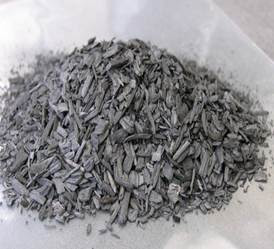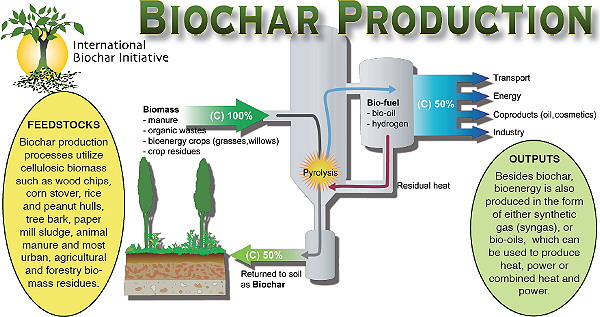Plastic recycling requires cooperation management to ensure
utilization and pricing of recycled plastic between father company and
production center. This idea purposes to stimulate entrepreneur to ensure their
capital pay back time and sustainability of this activities. Recycled plastic
is prepared through crushing and grinding step after stratifying of raw
materials.
Fig. Plastic crushing
(Courtesy of TokoMesin, 2012)
The plastic material code indicates material type of plastic
product. It is visible as number code in triangle on the bottom side of product
such as bottle, container, etc.
Number 1 : PET, polyethylene terephthalate
Number 2 : HDPE, high density polyethylene
Number 3 : PVC, polyvinyl chloride
Number 4 : LDPE, low density polyethylene
Number 5 : PP, poly propylene
Number 6 : PS, poly styrene
Number 7 : Others
Biodegradable municipal waste consists of organic waste 73%,
paper 9%, plastic 9%, and others. For instance, the Paris van Java area is occupied
by 2.5 millions people. This area releases municipal waste 1250 tons waste per
day. It means we can save plastic 112.5 tons per day. In 2009 lack of
polypropylene reached 250 thousands tons of total consumption around 800
thousand tons.
The plastic recycling requires storage and production area
400 – 1000 square meters. Machinery provider and pioneer company offer their assistance to somebody who interests to
recycle plastic product. They provide machinery and training assistance for
technician to operate the machine.









.jpg)

